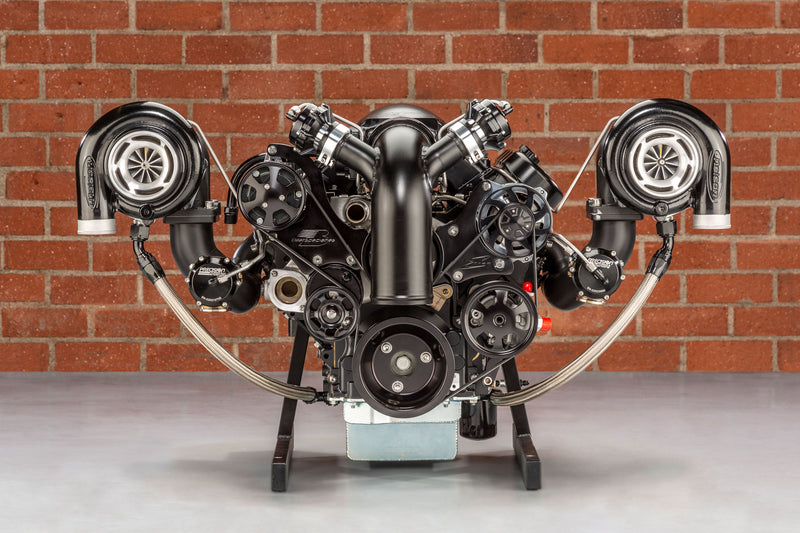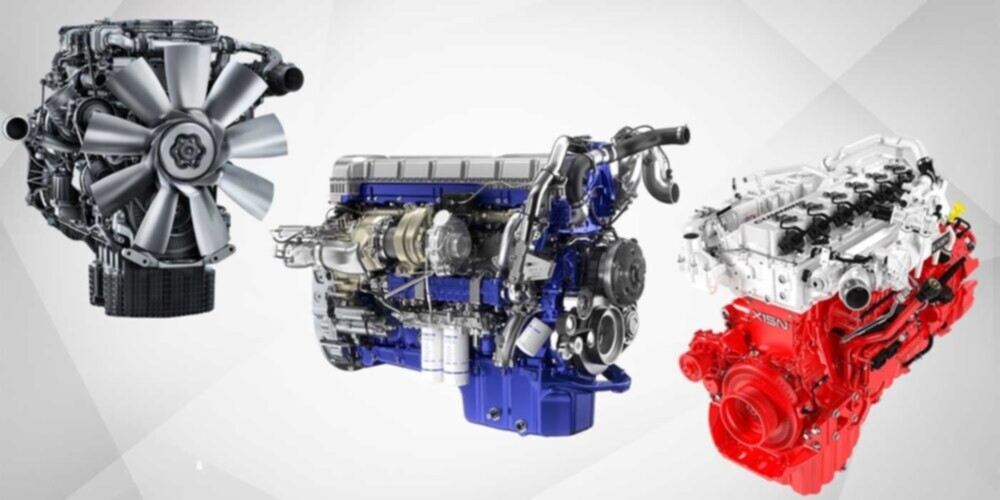The Mission for Ultimate Driving Power: Exploring the Pinnacle of Engine Performance and Technological Advancements in the Automotive Field
In the world of auto design, the quest of maximum driving power has actually been an unrelenting quest that has unfolded through the evolution of engine design and the combination of sophisticated modern technologies. From the thorough craftsmanship of burning engines to the rapid developments in electric propulsion systems, the vehicle sector stands at the cusp of a new period defined by unmatched efficiency capabilities. As researchers and designers dig much deeper into the worlds of computational liquid characteristics and discover cutting-edge fuel innovations, the horizon of possibilities expands tremendously. Remain tuned as we untangle the detailed tapestry of technical breakthroughs that are shaping the future of auto power and performance.
Advancement of Engine Layout

Furthermore, the assimilation of turbocharging and supercharging innovations has changed engine style by improving power without significantly raising engine size. These forced induction systems compress the consumption air, permitting more gas to be ignited, consequently creating better power output from a smaller engine. This advancement has been specifically important in improving the performance of smaller sized displacement engines while preserving gas effectiveness requirements.

Performance-Enhancing Fuel Technologies
The application of innovative fuel modern technologies has significantly contributed to boosting engine performance in modern-day lorries. Biofuels, obtained from renewable sources like sugarcane, algae, or corn, deal minimized discharges and improved engine effectiveness. In addition, fuel additives and cleaning agents are being created to clean engine components, optimize combustion, and minimize rubbing, thereby enhancing overall vehicle efficiency.
Improvements in Electric Propulsion
Considerable strides in electric propulsion technology have transformed the automobile industry, leading the means for a new period of lasting and efficient transportation. Electric cars (EVs) are getting appeal due to their environmental benefits and advancements in battery technology, making it possible for longer driving arrays and much shorter billing times. Manufacturers are investing greatly in r & d to improve the efficiency of electrical propulsion systems, concentrating on enhancing power output, boosting energy efficiency, and minimizing general weight.
One significant innovation in electrical propulsion is the development of advanced electrical motors that deliver greater torque and power density, leading to enhanced acceleration and total driving efficiency. Additionally, regenerative braking systems have been refined to store and catch power throughout slowdown, additional increasing the effectiveness of EVs.
Additionally, the assimilation of wise technologies, such as fabricated knowledge and predictive analytics, is optimizing the administration of electrical propulsion systems, making sure ideal performance under numerous driving problems. These improvements in electrical propulsion are improving the vehicle landscape, driving the industry towards a much more lasting and energized future.
Effect of Computational Fluid Characteristics
With developments in electrical propulsion pressing the borders of pop over here auto technology, the integration of Computational Liquid Dynamics is playing a crucial function in maximizing wind resistant performance and enhancing total effectiveness in vehicle style. Computational Fluid Dynamics (CFD) involves using computer simulations to evaluate the circulation of air around a lorry, enabling engineers to predict exactly how layout adjustments will impact aerodynamics without the requirement for pricey physical prototypes. By accurately modeling air movement patterns, CFD enables the refinement of vehicle shapes to lower drag, improve air conditioning, and enhance stability.
One trick benefit of making use of CFD in car design is the capability to repeat quickly, checking out many style variants to determine one of the most aerodynamically efficient solutions. This iterative procedure results in automobiles that are not just sleeker and a lot more visually enticing however additionally much more eco friendly and fuel-efficient. Additionally, CFD allows engineers to optimize airflow around components such as radiators, engine bays, and wheel wells, contributing to boosted performance and total driving experience. In conclusion, the assimilation of Computational Fluid Dynamics stands for a considerable progression in the mission for supreme driving power and performance in the vehicle market.
Future Patterns in Engine Advancement
In the dynamic landscape of automotive design, innovative innovations are shaping the future trajectory of engine development. The future of engine design is marked by a solid focus on sustainability, performance, and efficiency. Makers are progressively focusing on developing engines that not just deliver high power outcomes yet likewise focus on environmental duty by decreasing exhausts and improving fuel performance.
One popular fad in engine innovation is the rise of electrification. Hybrid and electric powertrains are gaining traction as sensible alternatives to traditional combustion engines. These modern technologies supply the capacity for substantial reductions in carbon emissions and boosted power effectiveness, aligning with global initiatives to combat climate adjustment.
Moreover, advancements in materials science and production techniques are making it possible for the manufacturing of lighter and a click to read lot more sturdy engine elements. This change in the direction of lightweight products such as carbon fiber and aluminum alloys adds to improved performance and gas economic climate.
Verdict
To conclude, the search of best driving power in the vehicle field continues to drive developments in engine design, gas modern technologies, electric Continued propulsion, and computational fluid characteristics. The advancement of these technologies is forming the future of engine advancement, leading the way for more efficient and effective cars (engines for africa). As the industry remains to push the boundaries of what is possible, we can expect to see even more groundbreaking developments in the pursuit for peak performance
One of the crucial landmarks in engine layout evolution is the shift from traditional carbureted engines to contemporary fuel-injected systems. By precisely metering the fuel shipment to each cyndrical tube, fuel-injected engines enhance combustion, resulting in far better efficiency and lowered environmental influence.
Moreover, the assimilation of turbocharging and turbo charging modern technologies has actually transformed engine design by enhancing power without substantially boosting engine size (engines for africa).The execution of innovative fuel innovations has actually substantially contributed to enhancing engine performance in modern-day vehicles. Furthermore, gas additives and detergents are being formulated to clean engine parts, maximize combustion, and lower friction, thereby enhancing general vehicle performance